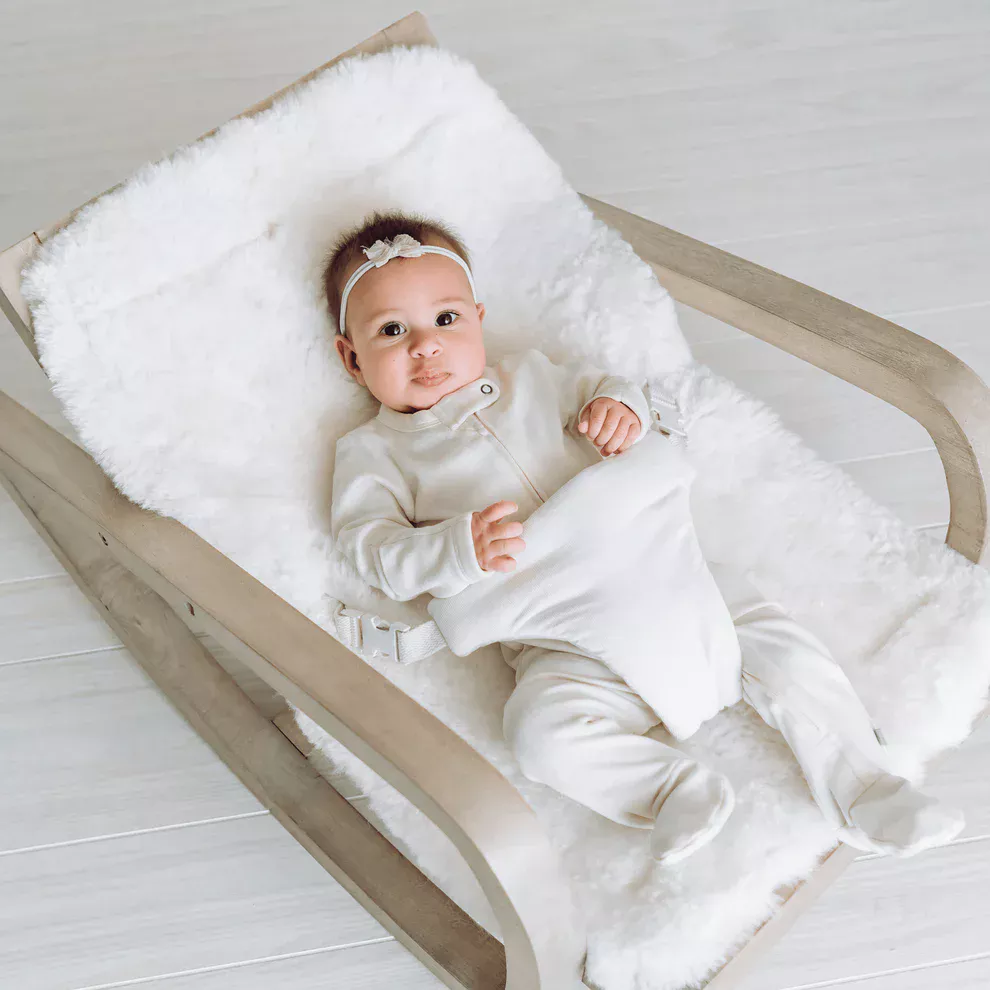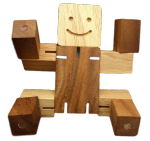Child Science Experiments
The following child science experiments outline the steps for each experiment with an explanation for the result that you will get from carrying out the activity. These easy science experiments for kid uses items you commonly finds in the kitchen.
Easy science experiments on density
Pour one-third cup of syrup into a glass jar followed by one-third cup of cooking oil. Then pour in one-third cup of water. Drop in a piece of plastic, followed by a grape, followed by a small cork. See what happens.
You will notice that the different liquids stacks up in layers. This is because the liquids have different densities. The most dense (syrup) will be at the bottom, the least dense (oil) will be at the top, with the water in between. Each object will sink to the level of the liquid that has a greater density than the object. The object will then float on that layer.
Child science experiments on osmosis
Slice a small potato lengthwise into several pieces that each have two flat sides. Place some of the pieces in one dish and the rest in another. Fill both dishes with water. Add two tablespoons of salt to one of the dishes, and label it "salt water." Let the potatoes soak for 15 minutes. Compare the potatoes. Is there a difference in firmness? Why?
Through osmosis, water moves from areas of low salt concentrations to areas of high salt concentrations. Adding salt to the water creates a higher salt concentration in the dish than in the potato. Consequently, water in a potato that is soaking in salt water migrates out, leaving behind a limp spud!
Child science experiments on pressure and compression
Fill a bottle with hot water and a bowl with cold water. Let both sit for one minute. Then empty out the bottle. Stretch a balloon over the mouth of the bottle. Set the bottle in the bowl of cold water. What happens to the balloon?
The warm water heats the bottle. When the water is poured out, the heated bottle heats the air inside of it. When the bottle is placed in the cold water, the air inside the bottle cools and contracts, causing outside air to be drawn in, pulling the balloon in and inflating it inside the bottle.
Another easy science experiment about pressure :
Fill a small jar with water. Poke a hole in the lid big enough for a straw. Put a straw into the water through the hole in the lid and seal up the space around the straw with plasticine. Now try to suck water through the straw. Be sure there are no leaks. What happens?
When you drink from an open glass of water, air pressure allows the water to travel up the straw. When you reduce the pressure inside your mouth (by sucking on the straw), the surrounding air pressure pushes down on the water and forces the liquid up the straw. But when air pressure on the water is blocked (when you seal the jar lid), there is no air pressure to help push the water up your straw. The air can't get to the water to push on it, so it doesn't go up the straw. Regardless of how hard you suck, the water stays where it is!
Child science experiments about light
Place a mirror in the glass of water at an angle (let it lean against the side of the glass). Turn the glass so the mirror is facing the sun. Hold a paper at a slant in front of the glass. Move the paper around until you see the rainbow colors in full focus.
What you are seeing is the various wavelengths of light broken apart. Sunlight is comprised of 7 different colors. When light passes through a wedge shaped piece of glass called a prism, the light is separated into 7 different and unique colors. You see these colors when light passes through rain or moisture producing a rainbow.
Child science experiments on static electricity
Turn on a faucet so that the water runs out in a small, steady stream, about 1/8 inch thick. Charge a comb by running it through long, dry hair several times or rub it vigorously on a sweater. Slowly bring the comb near the water and watch the water "bend."
Combing your hair moved electrons from your hair to the comb. The comb had a negative charge. The water molecules, which are slightly positive on one side and slightly negative on the other, flip their positive sides to face the comb since opposite charges attract. Due to this attraction, the water moves towards the comb.
Child science experiments on condensation
Put a glass of water in the refrigerator for about an hour or so, until it is very cold. Take it out of the refrigerator after it is cold, and notice how drops of water form on the outside of the glass.
The glass filled with cold water cools the air around it when you take it out of the refrigerator, and some of the water vapor in the air condenses and forms drops of water on the outside of the glass.
Looking for more easy science experiment for kid? Check out these :
101 easy child science experiments using common household items
Five fast and easy science projects that can be finished in 24 Hours!
You can also find a variety of science project kits here that will make learning science more enjoyable.







New! Comments
Have your say about what you just read! Leave us a comment in the box below.